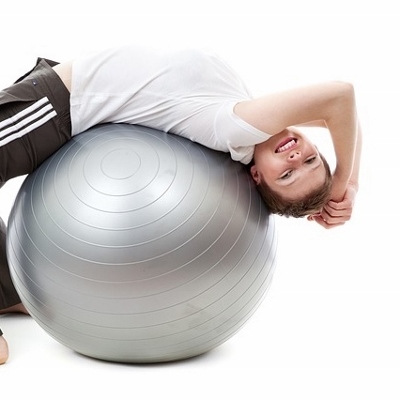 If you’ve been running in the same shoes for years and have had no injuries or complaints about them, keep them. Be happy you have found a shoe that works. There’s no sense in listening to “expert advice” that tells you about a better shoe that’s out there for you. If the shoe gets you from here to there pain-free, it’s a winner, no matter what the label; however, if you have recently picked up running, or have been unsatisfied with the shoes you’ve been wearing, it may be worthwhile looking into what type of arches your feet have and buying running shoes accordingly.
If you’ve been running in the same shoes for years and have had no injuries or complaints about them, keep them. Be happy you have found a shoe that works. There’s no sense in listening to “expert advice” that tells you about a better shoe that’s out there for you. If the shoe gets you from here to there pain-free, it’s a winner, no matter what the label; however, if you have recently picked up running, or have been unsatisfied with the shoes you’ve been wearing, it may be worthwhile looking into what type of arches your feet have and buying running shoes accordingly.
Low Arch
People with low arches, or “flat fleet,” tend to over-pronate. Pronation is the rolling motion one’s foot makes, collapsing the arch slightly inwards, in order to distribute the force of each impact. Those with low arches have too much movement in each step, and should look for shoes labeled as “stability shoes” or “motion control” shoes; they provide firm support.
Medium Arch
A medium arch leads to normal pronation, ideal for shock absorption while running. You can get away with wearing most shoes, but would probably feel most comfortable in a shoe with moderate stability.
High Arch
A high arch is the least common type of arch. Runners with high arches tend to pronate less than they should; instead of pronating, they supinate. Supinators are likely to fare best in neutral-cushioned shoes, without extra stability devices. The stability devices keep the feet from pronating; without them, pronation is encouraged as much as possible.
If you have no idea what type of arch you have, employees in a running shoe store will often tell you for free. I had my gait checked out by the Mizuno Running Tech Van, which has been making its way around the USA. They also let me “test run” a few pairs of sneakers! While going to an expert is ideal, there’s a simple test called the “wet test” you can perform on your own described by Runner’s World. (The pictures are very helpful.) As always, happy running!





